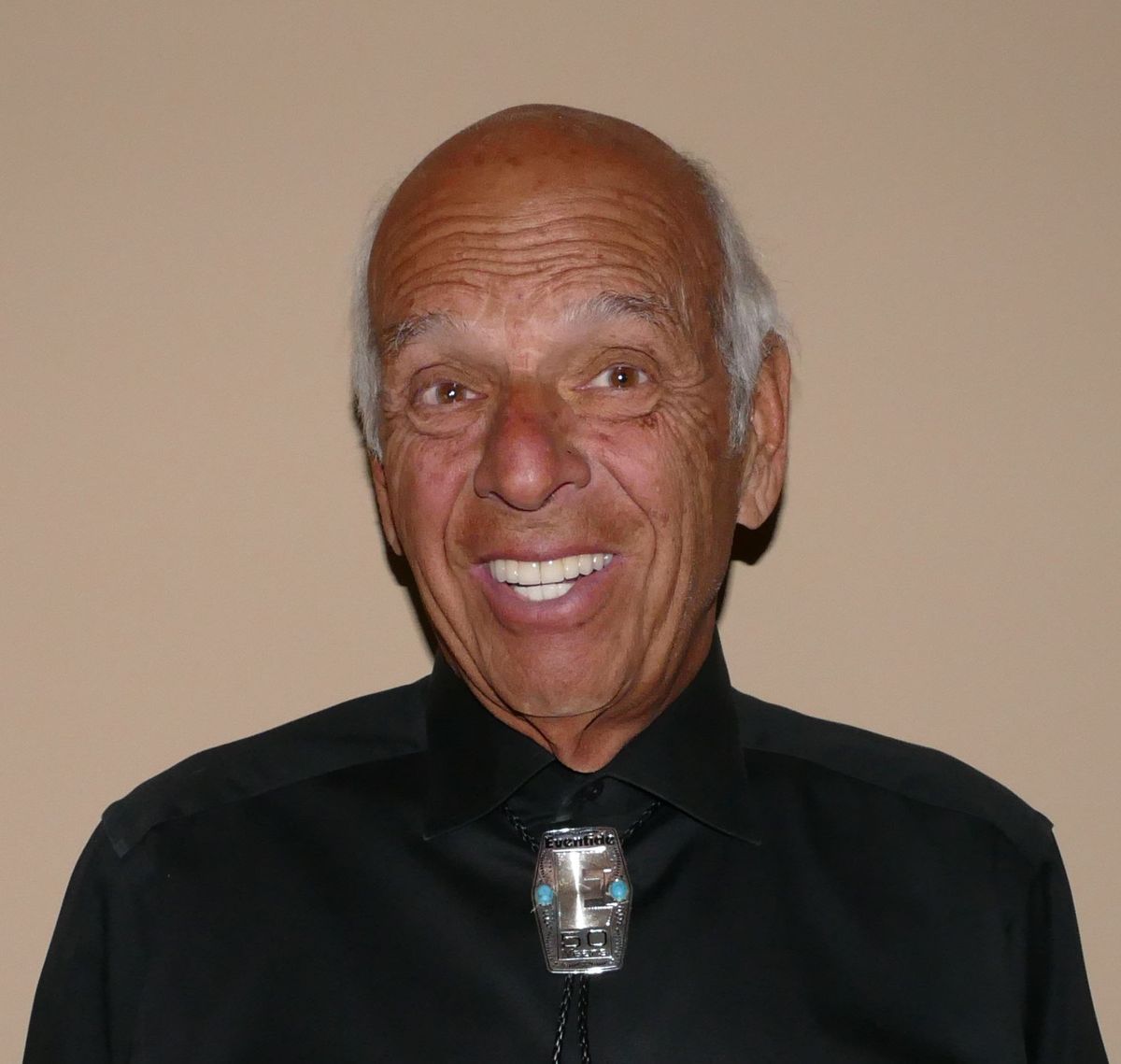As Eventide Audio wound up its 50th anniversary year, Eventide co-founder and chairman Richard Factor and Eventide managing director Tony Agnello were each presented with the Audio Engineering Society's highest technical award, the AES Gold Medal Award. The AES Gold Medal is given to individuals in recognition of outstanding achievements, sustained over a period of years, in the field of Audio Engineering. With the citation "for making the world sound better--and often weirder--through the continuous development of signal processors that inspire users and delight listeners," the awards recognize the substantial and ongoing individual contributions to the advancement and application of audio science by Factor and Agnello.
Richard Factor began his career in broadcasting and moved on to defense-related work before co-founding the organization initially known as Eventide Clockworks in 1971. While his work included activities as diverse as spearheading the development of the first moving map display for general aviation and active involvement in the SETI (Search for Extraterrestrial Intelligence) project, it is his continuous and groundbreaking application of new technologies to audio processing that has brought him recognition within the audio community.
[Eventide Allows You to Get 'Angry']
Eventide had its start in a small New York City studio. Its original product, a tape autolocator for the Ampex MM1000 multitrack recorder, was born of necessity as the studio had no room for a tape-op. Following the presentation of product concepts at an AES Convention, the fledgling company received a fortuitous order by Maryland Public Broadcasting (MPB) that spawned Eventide's initial product line, the Instant Phaser tape-flanging emulator, and, for MPB, a digital delay line giving two channels of independent delay from a single input. This Factor-designed DDL was commercialized as the classic model 1745 Digital Delay Line, which matured in subsequent versions to include Random Access Memory (an audio product first) and an optional pitch change module (the first such product available with a frequency response suitable for music).
Tony Agnello joined Eventide in 1973 and, in 1975, designed the first professional audio digital effects device, the H910 Harmonizer. In 1979, he led the development of the industry's first general purpose digital signal processor, the SP2016, introducing the concept of "plug-in" effects. In 1983, he co-founded Ariel Corp with the mission of helping engineers and computer scientists develop techniques to exploit the emerging technology of DSP for applications that spanned medicine, physics, chemistry and telecommunications, in addition to audio processing. In 2002, he returned to Eventide where he continues to push the boundaries of audio processing.
"There's always some new kind of device that makes something practical or possible that wasn't achievable previously," said Agnello. "At Eventide, we take advantage of such devices--our slogan is 'Take the next step.'"
[View from the Top: Richard Factor, Eventide Audio]
The embrace of the latest advances in digital memory has been a recurring theme, Factor said: "The progression has literally gone from the 16-bit RAM I used to make a telephone dialer when I was in my twenties to 64K RAM in the 1980s and now we're at gigabits in single tiny chips. We just keep applying these new tools to refine and expand audio processing devices and software."
The AES Gold Medal Award was presented to Factor and Agnello during the AES's fall 2021 online awards ceremony on December 15 by AES's then-president Jonathan Wyner, who noted that "the inventions and innovations of Eventide made some of my favorite records possible." Wyner also thanked the pair for their support of the AES and the creative community. The awards ceremony program can be viewed online.










